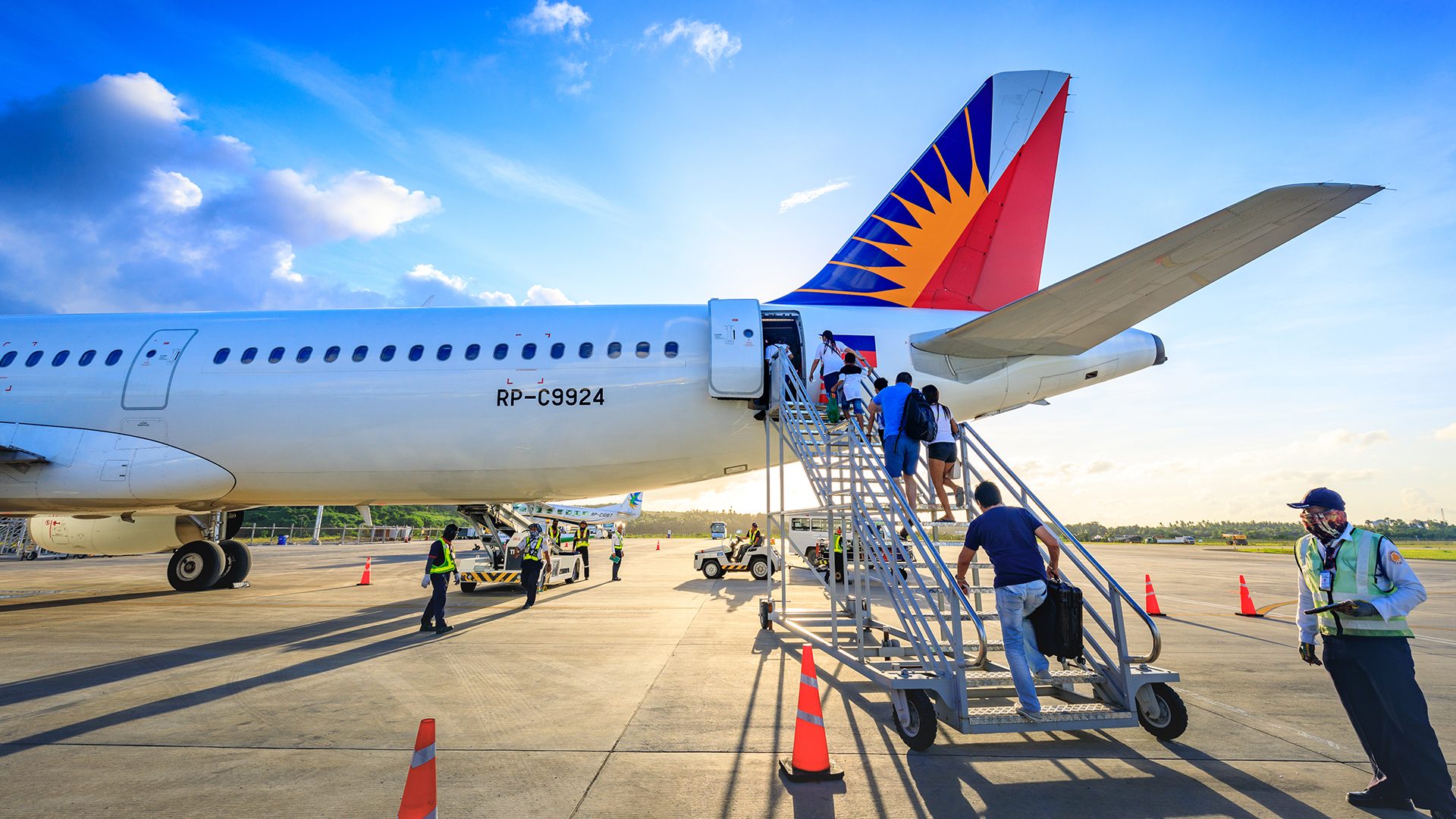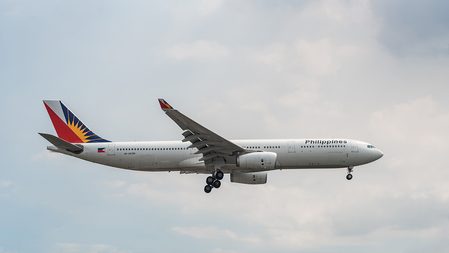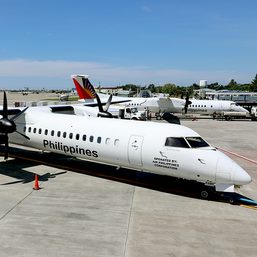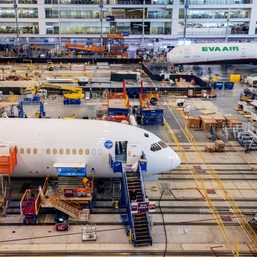SUMMARY
This is AI generated summarization, which may have errors. For context, always refer to the full article.

PAL Holdings, the operator of flag carrier Philippine Airlines (PAL), suffered a P16.6-billion net loss in the first half of 2021, it told regulators on Monday, August 23.
PAL’s losses are narrower than the P20.7 billion incurred a year ago, as the airline resorted to more cost-cutting measures amid the coronavirus pandemic.
Expenses were trimmed by 48.6% to P26.8 billion, mainly due to the flag carrier’s retrenchment measures.
Back in February, PAL had announced that 2,300 of its over 7,000 workers would be laid off.
With the continuous rise in coronavirus cases and the government’s sluggish vaccination efforts, PAL was also forced to reduce its flights further, leading to its revenues dipping by 51% to P18 billion in the first semester.
PAL also reported a 5.8% decrease in its total assets, as it reduced its property and equipment during the period.
From a fleet of 97 aircraft, PAL now has 95, as it returned two planes to a lessor last July. New aircraft deliveries were also postponed to 2026 to 2030.
Liabilities increased by 1.7% to P300.9 billion, as the airline took more short-term loans to maintain operations.
Moreover, PAL reported a 26.5% increase in capital deficiency to P86.15 billion, due to its dismal bottom line.
The flag carrier said its liquidity situation became “more critical” due to “severely weak passenger sales and revenues” during the pandemic.
PAL is currently implementing a financial restructuring plan. Its cost-cutting measures include drawing bridge funding from major shareholders and deferred loan payments, among others. – Rappler.com
Add a comment
How does this make you feel?








![[Time Trowel] Evolution and the sneakiness of COVID](https://www.rappler.com/tachyon/2024/02/tl-evolution-covid.jpg?resize=257%2C257&crop=455px%2C0px%2C1080px%2C1080px)


There are no comments yet. Add your comment to start the conversation.